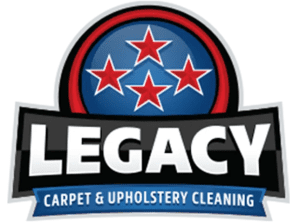When it comes to carpet cleaning, ‘staining’ and ‘soiling’ are often used interchangeably. And we can’t blame you—both of them look like the same at first glance! However, they’re technically not synonymous, and you stand to risk your investment—aka, your carpet—if you continue to confuse one for the other.
Here’s the difference between staining and soiling.
Staining
For the basics, ‘staining’ refers to a form of carpet discoloration. It happens when a substance comes into contact with your carpet. Later on, you’ll notice that the stain will dry as it embeds itself within the fibers.
This is one of the most common problems in households. You spill your hot coffee in the morning or your dog pees on the floor, and you’ll later see a pesky stain that catches everyone’s attention.
The most common culprits of staining are coffee, wine, juice (and other consumable liquids), mud, pet urine, and blood.
This form of carpet discoloration usually occurs in carpets dyed post-production. This is the traditional dye method where the fabrics are produced first before the dye gets soaked within the fibers. Nylon fibers are also vulnerable to this, as they’re a type of highly absorbent fiber.
On the other hand, solution-dyed fibers are less prone to staining. Solution-dyed fibers are colored while being manufactured. Polyester is also a great low-absorbent fiber.
Soiling
‘Soiling’ is quite similar to staining, except that it isn’t caused by the same factors (which refers to spilled liquids). It is caused by a residue that accumulates more dirt on the surface that somehow discolors your carpet, too.
For the specifics, the main culprits of soiling are residues of spot treatment products, such as carpet stain removers. If you added a solution to clean the mess, and you didn’t thoroughly wipe it, this may also be a cause. Oily residues present on your carpet can also lead to soil build-up. It can come from the natural oils in your body that occurs when you walk barefoot.
Baby oils and cooking oils are included in this list as well.
Soiling affects fibers made from polypropylene or olefin. Essentially, this material is plastic, which is derived from oil.
Preventing and Cleaning Stains and Soils
Now that you know their differences, you’re probably curious as to how to prevent and clean both of them.
The best way to prevent stains is to avoid spilling liquids as much as possible. If you have babies and pets at home, be sure to monitor them closely!
Once you see a stain on your carpet, clean it immediately with a cleaning solution or commercial stain remover.
On the other hand, walking with socks or slippers is the most effective way to prevent soils. Don’t walk around barefoot or sit/lie down on your carpet. As mentioned, we all have natural oils in our bodies, which creates the build-up of soils!
For carpet cleaning, blot the residue as many as you can with a clean, wet towel.
Related Content: What Are The Most Effective Carpet Cleaning Methods?
The Main Takeaway
Carpet cleaning is possible with homemade solutions or commercial products. However, both of them are not effective in all carpets. If you can’t completely get rid of stains or soils after several attempts, don’t hesitate to reach out to the experts. Contact your trusted carpet cleaning company now.


